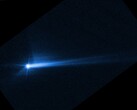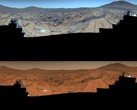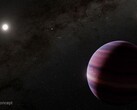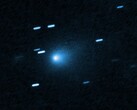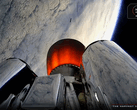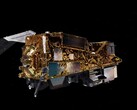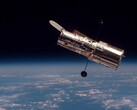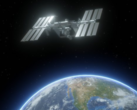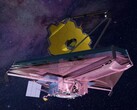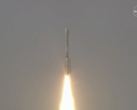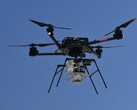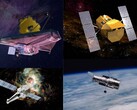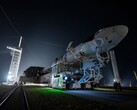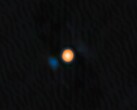The Perseids, as usual, is the expected to present the best meteor showers of the year, peak the night of August 12/morning of August 13. The Perseids form when debris left behind by Comet 109P/Swift-Tuttle interacts with Earth’s atmosphere, creating bright streaks of light called meteors. These meteors appear to radiate from the Constellation Persius, hence the name.
Usually, stargazers look forward to the Perseids as it offers the most plentiful showers, with about 50 to 100 meteors visible per hour. Unfortunately, the Moon will be nearly full on the peak nights of this year.
The Moon will create a bright sky, making it difficult to see most of the meteors. Perseid watchers may only get to see the brightest meteors. With the most anticipated meteor shower falling short, stargazers will have to look forward to December, which will offer ideal viewing conditions for the Geminids with no interference from the moon.
August holds other skywatching highlights. Venus and Jupiter, the two brightest planets, shine brightly in the East before sunrise throughout the month. They will come in proximity over several days, appearing closest on the 11th and 12th, at just a degree apart. On the mornings of the 19th and 20th, a slim crescent Moon will join the pair of planets again after they have drifted apart.
This August, the Dumbbell Nebula can also be seen in the sky during the first half of the night with binoculars or a small telescope. The Nebula, also called Messier 27, appears within the Summer Triangle star pattern, consisting of stars Altair, Deneb, and Vega.
Planets Mars and Saturn are not left out of the August show. Mars is seen low in the West as a lone planet in the early evening sky. Saturn is observable late night to dawn, but rises a bit earlier each evening, appearing in the East with the constellations Cassiopeia and Andromeda.
NB: These sighting predictions were made with the continental United States as a reference point. What is visible in the night sky varies with location.





